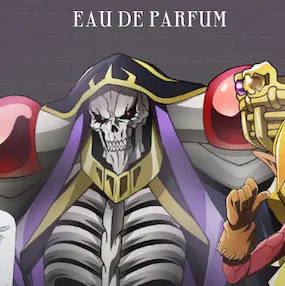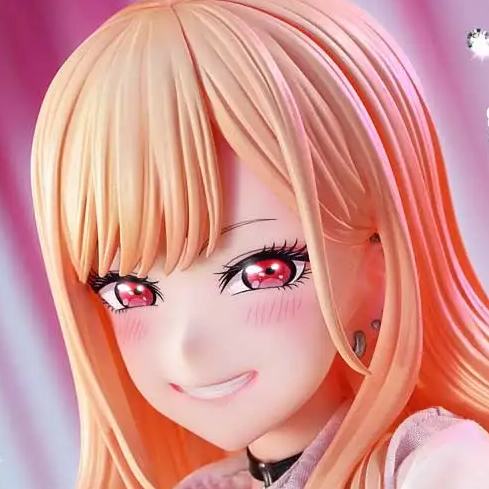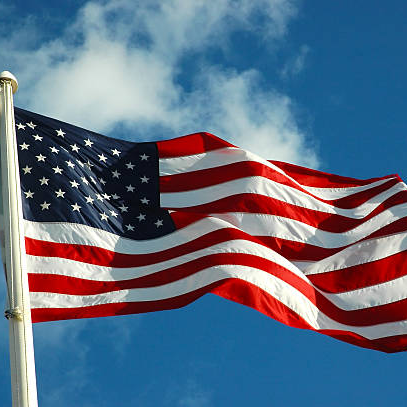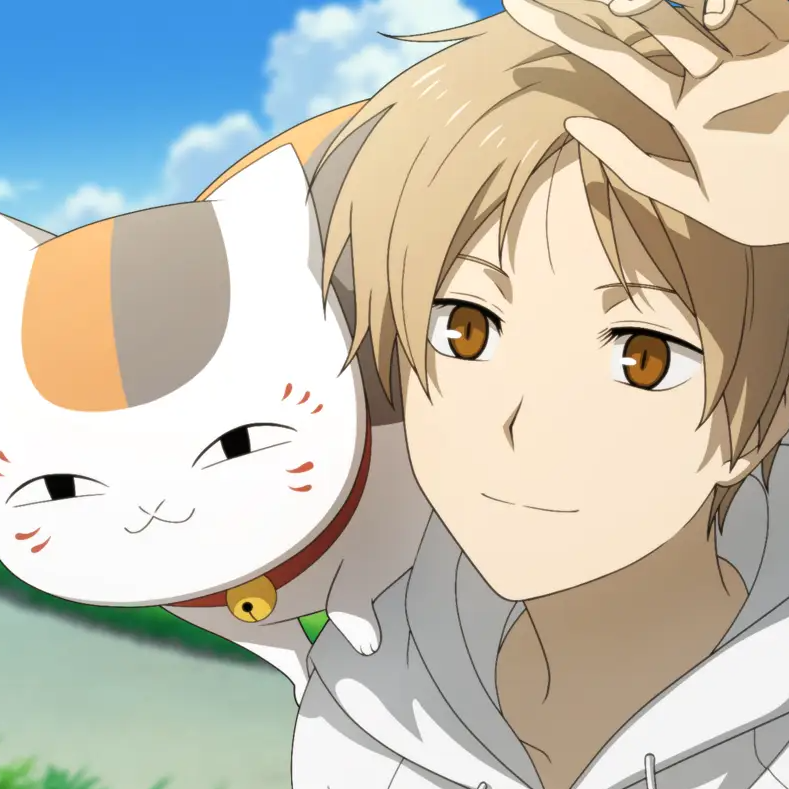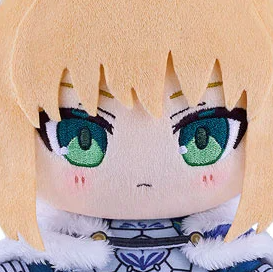Manga fans, have you ever wondered what a manga artist's life is like? The reality is, being a manga artist is a demanding profession. Many of them start their careers as manga assistants, and a few may eventually find success and have their own work serialized in a magazine. However, unexpected issues can lead to publication suspension. Moreover, they consistently encounter cruel challenges from both editors and readers, since the fate of their work often hinges on its sales performance.
However, for many, the dream of becoming a manga artist persists. As demanding as the profession can be, it is undeniably rewarding. Here are a few more intriguing trivia facts about manga artists for your enjoyment.

Trivia fact 1: Incredibly odd reasons for halting manga publication
"Halting publication sounds cool, so I wanna try it."
Manga artists keep on drawing all year round, we all can understand it when a serialized manga has to be suspended or delayed because the author is in poor health, or for some particular reason at some point. But has it ever occurred to you that manga artists can make up countless yet creative excuses in explaining the suspension of their work? We have to say that they never get stuck on finding a great excuse for the suspension of publication.
Fire Force by Atsushi Ōkubo: I've already completed the manuscripts, but the idea of taking a hiatus intrigues me. Therefore, I've made the decision to delay the release of the next episode.
This reason is truly perplexing! Despite smoothly completing the original manuscript, they choose not to publish it simply to experiment. However, given Daikubo Datsu's history of consistently serious work without any breaks, I guess it's okay for him to cut himself some slack this time.

"Golden Kamuy" by Satoru Noda: The author is currently out hunting, so the next episode will be on hiatus."
Truly living in Hokkaido, the manga artist's hunter life is authentically portrayed. On their blog, you can actually see Noda Satoshi sharing photos of his hunting experiences. So, the bloody hunting scenes in 'Golden Divine Might' are all based on the author's firsthand experiences. No wonder the manga feels so immersive, as if you're right there with them.

Summer madness by Choboraunyopomi: I was playing 'The Legend of Zelda: The Wind Waker' with my child and ended up getting hooked on the game myself.
Openly admitting to getting immersed in the game and not having time to draw feels quite relatable. Being honest and straightforward actually makes it easier for readers to accept. However, there was one time when Choboraunyopomi had to go on hiatus due to work on the publication of a tankobon (a bound volume of manga). Interestingly, despite the reason being perfectly valid, their hiatus statement seemed to be eighty percent related to their interactions with the voice actor Sakurazaki Aya. This led to some online users criticizing them, despite the reason being quite normal.


In "Majin Tantei Nōgami Neuro," the author Takashi Tsutsui explained a hiatus by stating, "Because Alibaba is too heartbroken, we're taking a break in the next issue."
Who would've thought an artist would pause chapter releases just because a character they created seemed downcast? While Alibaba did look exceptionally gloomy, it's likely the reason was presented in a tongue-in-cheek manner. The true motive was probably to give the artist time to craft the forthcoming epic battle chapter.

Trivia fact 2: Women artists took male pseudonyms
Wait, these were created by 'them'? Shonen manga penned by female manga artists!
Do you believe that Shounen manga (boys' comics) should exclusively be created by male artists? In Japan, it's often assumed that stories written by women may not be as exciting. Furthermore, discussions about women artists' appearance, age, and marital status frequently occur among fans, even when such information is irrelevant to the manga itself. Consequently, some female artists choose to publish their work under male-sounding aliases to avoid such issues. However, the quality of a work has no bearing on the creator's gender. Today, women artists in Japan are thriving in the industry, just like their male counterparts.

Koyoharu Gotouge (Demon Slayer: Kimetsu no Yaiba)
Koyoharu Gotouge used a self-portrait of a crocodile wearing glasses as her profile picture. Her name may initially sound neutral, leading many to assume the artist was male. Furthermore, "Demon Slayer" follows the typical Shonen manga formula with classic themes and a passionate hero. However, when Japanese news media revealed the artist's gender after she completed the entire series, some extreme fans criticized her on Twitter simply for being female. Although these radical fans were in the minority, it's possible that Gotouge opted for a neutral name initially to avoid such controversies.

Hiromu Arakawa (Silver Spoon; Fullmetal Alchemist)
Speaking of female shonen mangaka, Hiromu Arakawa is a name that immediately comes to mind. She often portrays herself as a cow wearing glasses in her manga series, a nod to her upbringing on a dairy farm. Arakawa's exceptional artistic talents have made "Fullmetal Alchemist" a masterpiece in the eyes of many fans. Its robust themes and art style could easily lead one to mistake her for a male author, were it not for her male pseudonym.

Hikaru Nakamura (Saint Young Men; Arakawa Under the Bridge)
Hikaru Nakamura's two classic works have been adapted into both animation and live-action formats. She has a huge number of fans in the genre of comedy. Interestingly, her art style and pseudonym led to her being mistakenly perceived as a man in the past. Nakamura is now a mother, and her husband is none other than the renowned voice actor Hiroshi Kamiya. It's said that they crossed paths during the production of "Arakawa Under the Bridge" when Kamiya was doing vocal recordings for the main character, which eventually brought them together.
Q Hayashida (Dorohedoro)
In 2020, there was an anime television series on Netflix called "Dorohedoro." The original source material for the series is even more grotesque and wild. What might surprise you is that the creator of this dark and gritty world is a woman. In fact, the animation editor was taken aback when he discovered that the artist was female. It just goes to show that people may not always expect such a tough and violent world to come from a female mangaka.
Yellow Tanabe (Kekkaishi)
Yellow Tanabe does indeed sound like a name typically associated with a man. Interestingly, when "Kekkaishi" began serialization, she adopted the name Yierou Tanabe, which is a traditional Japanese masculine given name and shares a similar pronunciation with "yellow." Many female manga artists opt for such names, like Renjuro Kindaichi, Mitsurou Kubo, and Soubee Amako. These pseudonyms effectively conceal their gender, making it challenging to guess just by reading their names, wouldn't you agree?
Trivia fact 3: The road before manga artists' successful debut
Starting from Erasing Pencil Lines: The Assistant Days of A-List Manga Artists
In the Japanese manga industry, there's a unique system where publishers assign several assistants to serialized manga artists to help them with their work. Since manga magazines are published weekly, having assistants to do tasks like drawing lines, backgrounds, and screentones can make the workload much lighter for the artist. Most of these assistants are young people aspiring to become manga artists themselves in the future. Among them, many are trained by skilled mentors and go on to successfully debut as manga artists, achieving great success in their careers.
Eiichiro Oda mentored by: Nobuhiro Watsuki and Shinobu Kaitani
If we were to compile a list of Japan's top mangaka, Eiichiro Oda, the creator of the series "One Piece," would undoubtedly be on it. Oda embarked on his career by serving as an assistant to established artists, including Nobuhiro Watsuki, Shinobu Kaitani, Masaya Tokuhiro, and Gatarô Man. Each of these mentors possessed their own unique skills and talents in manga creation, whether it was their storytelling abilities, illustrative expressiveness, or drawing skills, among others. It could be said that Oda's early professional experiences played a pivotal role in his ability to craft such a magnificent masterpiece.

Kentaro Yabuki mentored by: Takeshi Obata
Kentaro Yabuki was regarded as one of the most talented female illustrators in JUMP. Her mentor was the creator of Death Note and Bakuman who is renowned for his exquisite drawing skills. Girls created by Obata are famous for being kawaii. Yabuki has inherited that well from her sensei.
Yusuke Murata mentored by: Takeshi Obata
Takeshi Obata also had another assistant who has since become a skilled illustrator named Yusuke Murata. Murata is now known for his illustrations in various famous works, including "One-Punch Man." Interestingly, Eiichiro Oda's mentor, Nobuhiro Watsuki, was once Takeshi Obata's assistant, creating a fascinating chain of mentorship. Obata, in this sense, can be considered a mentor of mentors.

Takehiko Inoue mentored by: Tsukasa Hojo
Even Takehiko Inoue, the creator of "Slam Dunk" and "Vagabond," once felt like a novice in the world of manga when he started his career. Editors at JUMP magazine recommended him to Tsukasa Hojo's studio, who was currently serializing the famous "City Hunter" at the time. It was within this studio that Inoue gained valuable manga knowledge and ultimately made his successful debut, with one of his works even winning an award. Takehiko Inoue and Tsukasa Hojo are undeniably one of the most illustrious master-apprentice pairs in manga history!

Trivia fact 4: From all walks of life to manga artists
Interesting jobs that manga artists did before becoming pro
Many manga artists embarked on their professional careers after high school or college. However, there are numerous others who transitioned into the profession after working in various fields. It's quite common for them to incorporate their previous job experiences into their manga. These past experiences not only add depth and realism to their work but also provide unique insights into the diverse range of subjects and themes explored in manga.
Hirohiko Araki: Fashion designer
Before the birth of the long-running series "JoJo's Bizarre Adventure," Hirohiko Araki was a student at a design school in Sendai. After working in the design field for a couple of years, he transitioned into the world of manga. His prior experience as a fashion designer is reflected in the distinctive art style of "JoJo," characterized by its fashionable, avant-garde, and aesthetically artistic qualities. Araki has also collaborated on illustrations with world-famous brands like Gucci and Shiseido, solidifying his position as one of the manga world's most influential designers.

Hajime Isayama: Internet café staff
The world-renowned manga "Attack on Titan" drew inspiration from Hajime Isayama's work experience at an internet café. Isayama shared on a TV show that the idea for the Titans came to him during one of his shifts when he encountered a drunk customer. This encounter left a deep impression on him as the customer's inability to communicate effectively made the situation frightening. Isayama channeled this fear into the creation of the fierce Titans, aiming to capture the same sense of terror. His creative vision ultimately led to the tremendous success of the series.


Osamu Tezuka: Doctor
Tezuka, often nicknamed the "god of manga," had a profound influence on Japanese manga. However, let's take a moment to delve into his early life as a student. In wartime Japan, Tezuka achieved the remarkable feat of gaining admission to the highly challenging medical school and eventually earned his Doctor of Medicine degree. This extensive medical knowledge is evident in his work, particularly in the series "Black Jack." Tezuka's creations were consistently shaped by his strong anti-war convictions. His actions and beliefs serve as a lasting legacy for generations to come.

Trivia fact 5: The cradle of mangaka? Legends of Tokiwa-sō and Oizumi Salon
The modern age of Japanese manga had its beginnings in two small apartment buildings.
Tokiwa-sō
The Tokiwa-sō museum, located in Toshima, Tokyo, Japan, is a must-visit for many manga fans traveling to Japan. This aging and unassuming two-story building is considered the birthplace of Japan's modern manga. In the late 1950s to the early 1980s, the second floor of this building served as a residence for numerous young and aspiring manga artists, including Osamu Tezuka, Shotaro Ishinomori, Fujiko Fujio, Fujio Akatsuka, Hideko Mizuno, and many others. Their collective influence and inspiration have left an indelible mark on subsequent generations of artists. It's safe to say that today's thriving manga industry in Japan owes much to their pioneering contributions.

Oizumi Salon
There's another apartment building known as Oizumi Salon, located in Nerima, Tokyo. During the 1970s, this building was home to several notable female manga artists, including Keiko Takemiya, Moto Hagio, Ryoko Yamagishi, Yumiko Ōshima, and others. Most of them were born around Shōwa 24 (1949), and they frequently gathered to discuss and exchange manga ideas. This group of artists, often referred to as the Year 24 Flower Group, made significant contributions to the genre. Their works, featuring science fiction and boys' love themes, are credited with revolutionizing Shōjo manga.

Now we've come to the end of trivia facts of manga artists. If you have an interest in manga business and history, manga books 'Bakuman' and 'Jūhan Shuttai!' may well serve your need. These books offer insights into the process of creating and publishing a manga, as well as a glimpse into the daily lives of popular manga artists. Enjoy your reading!

